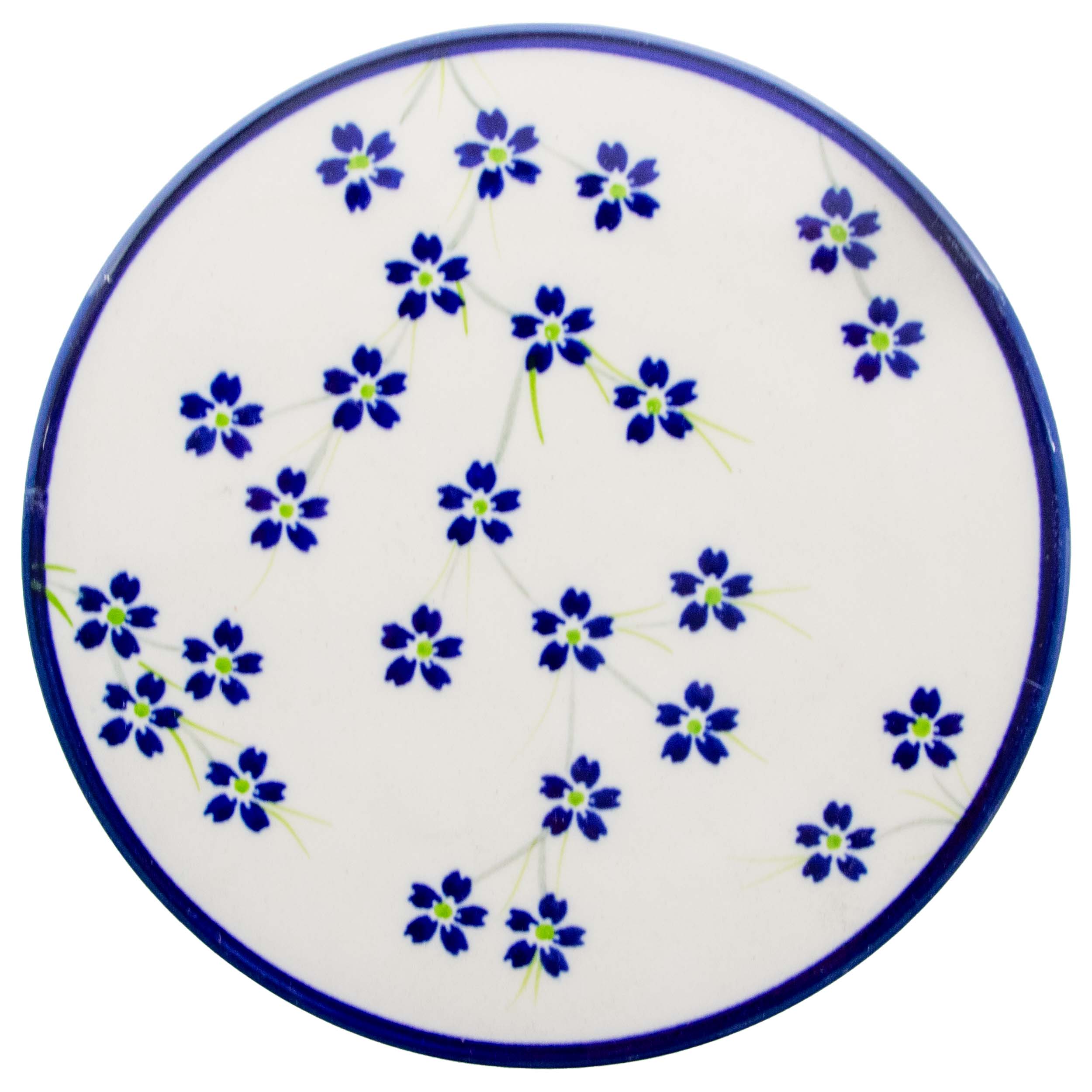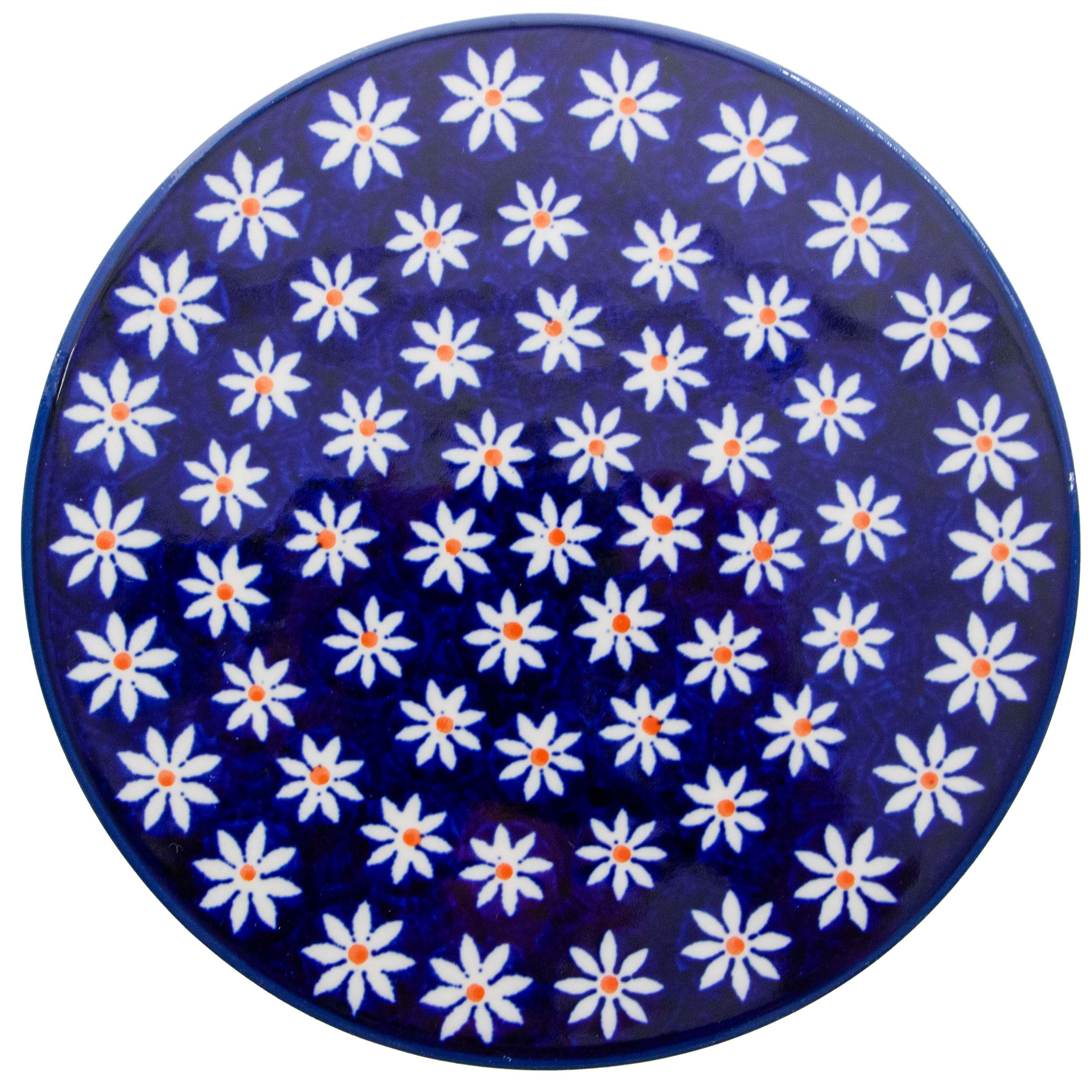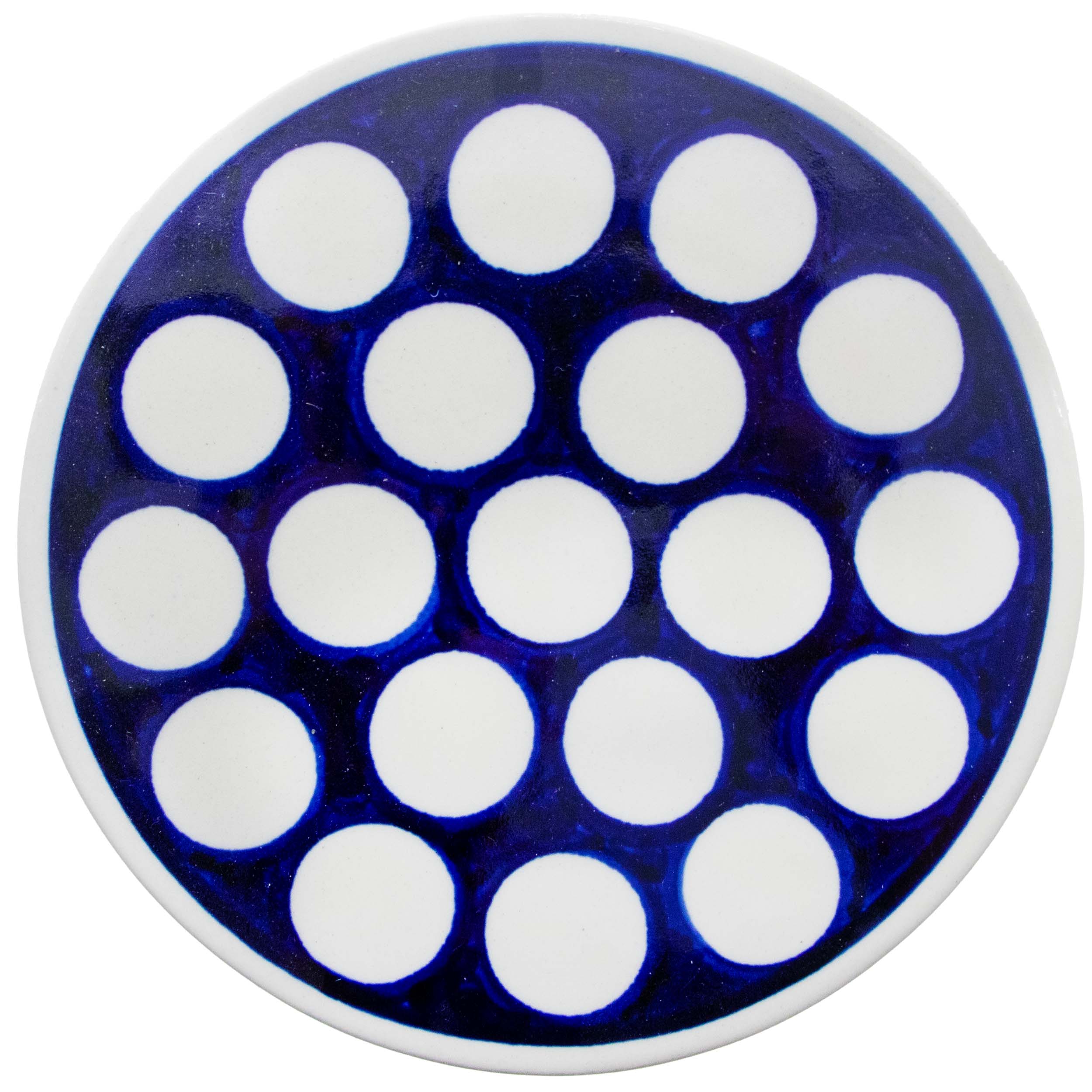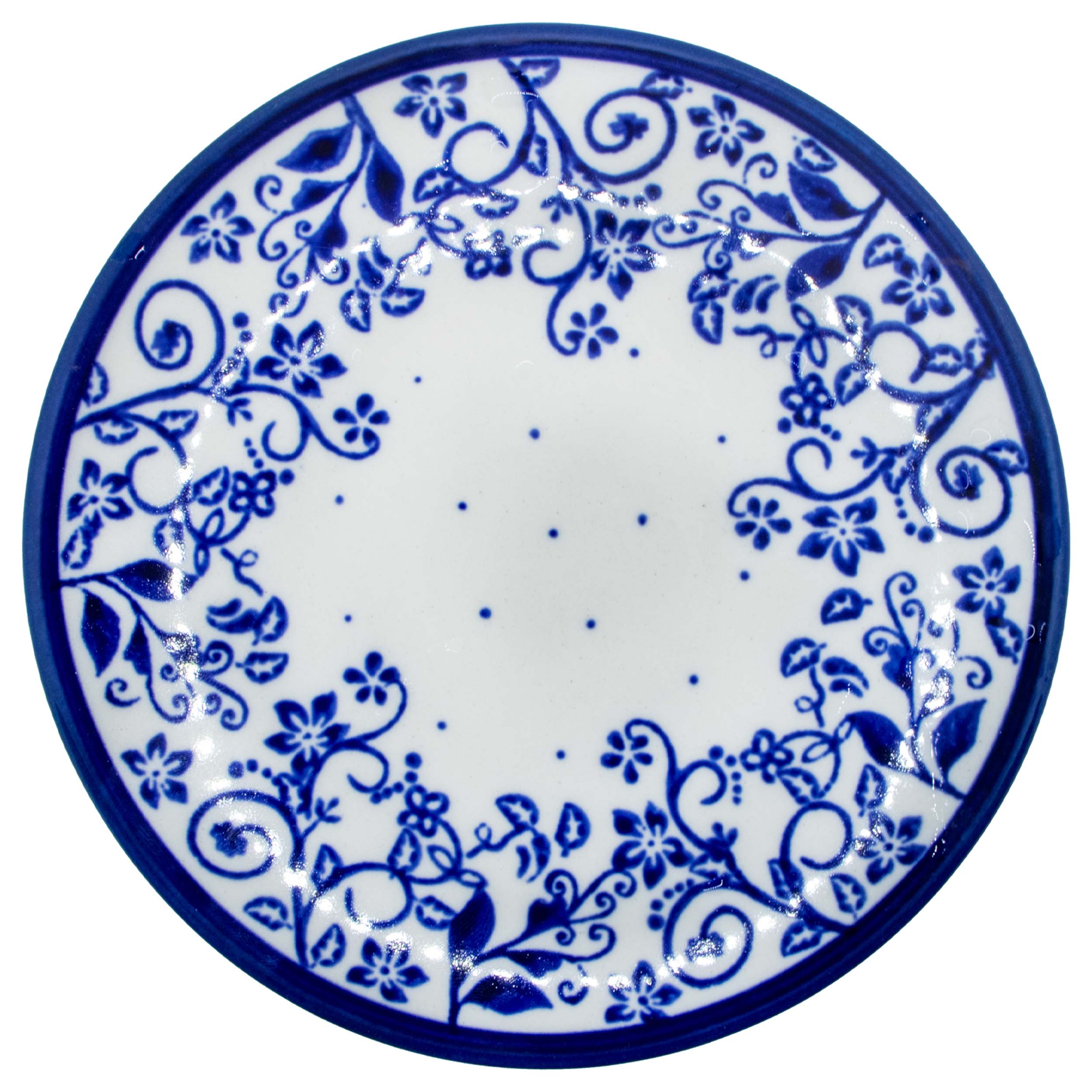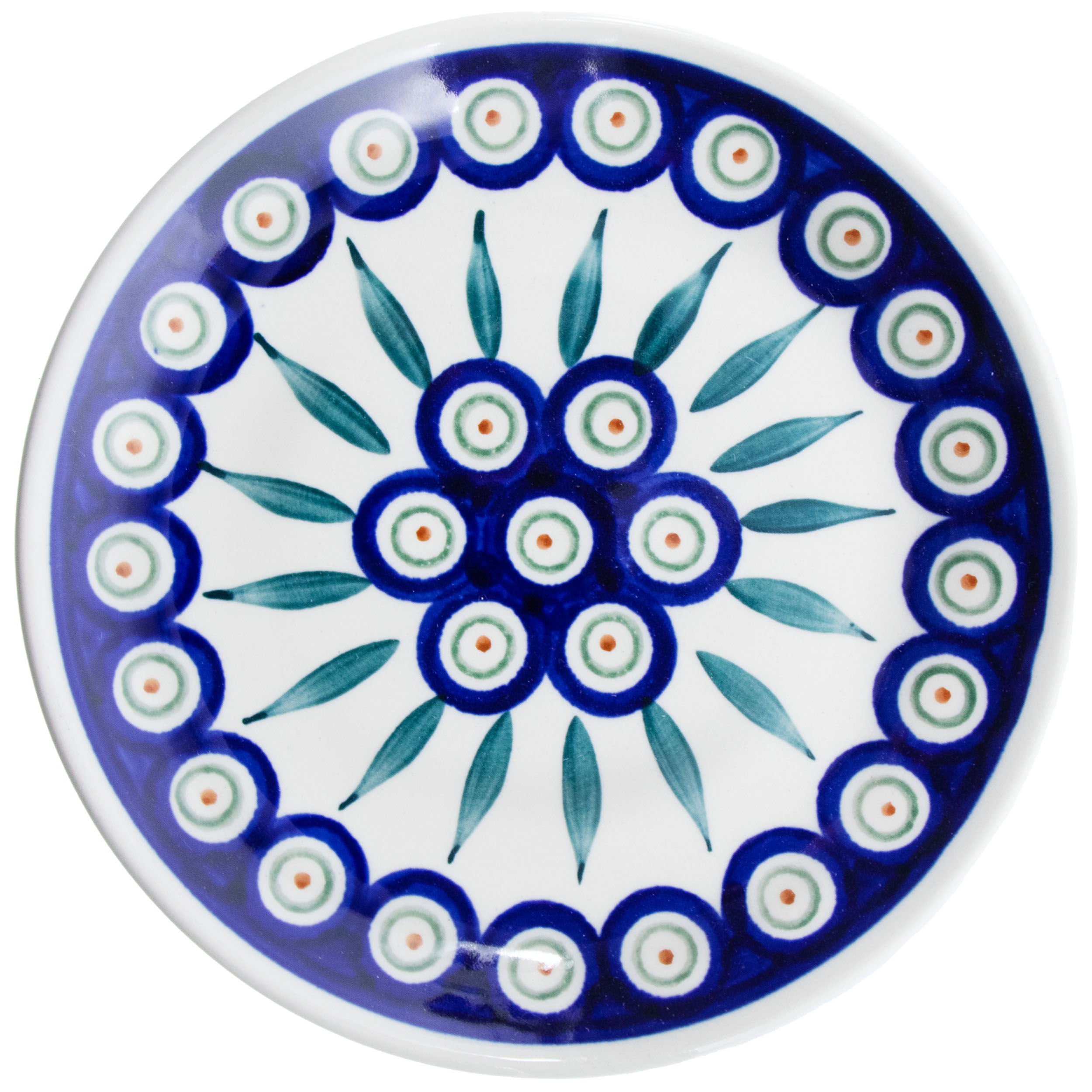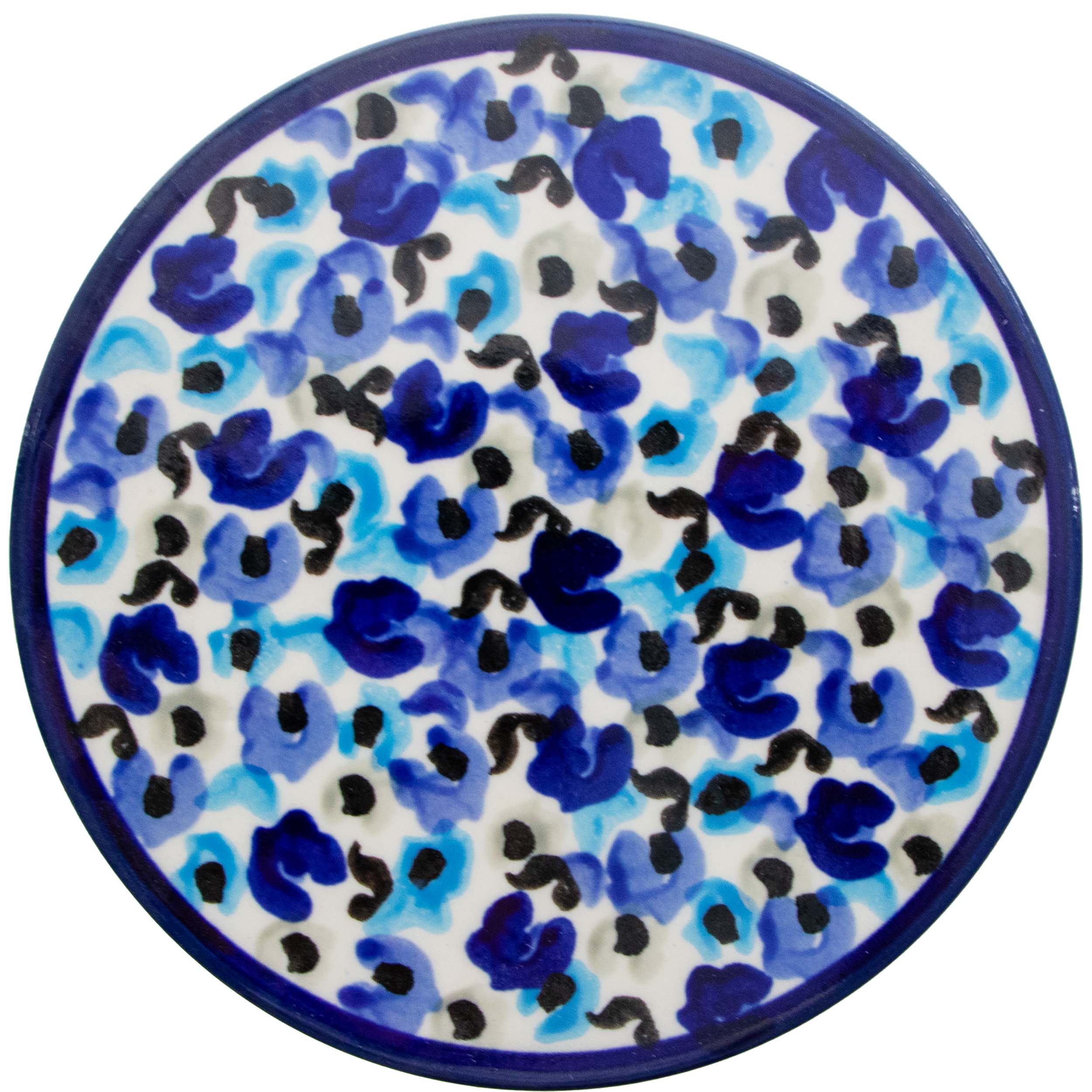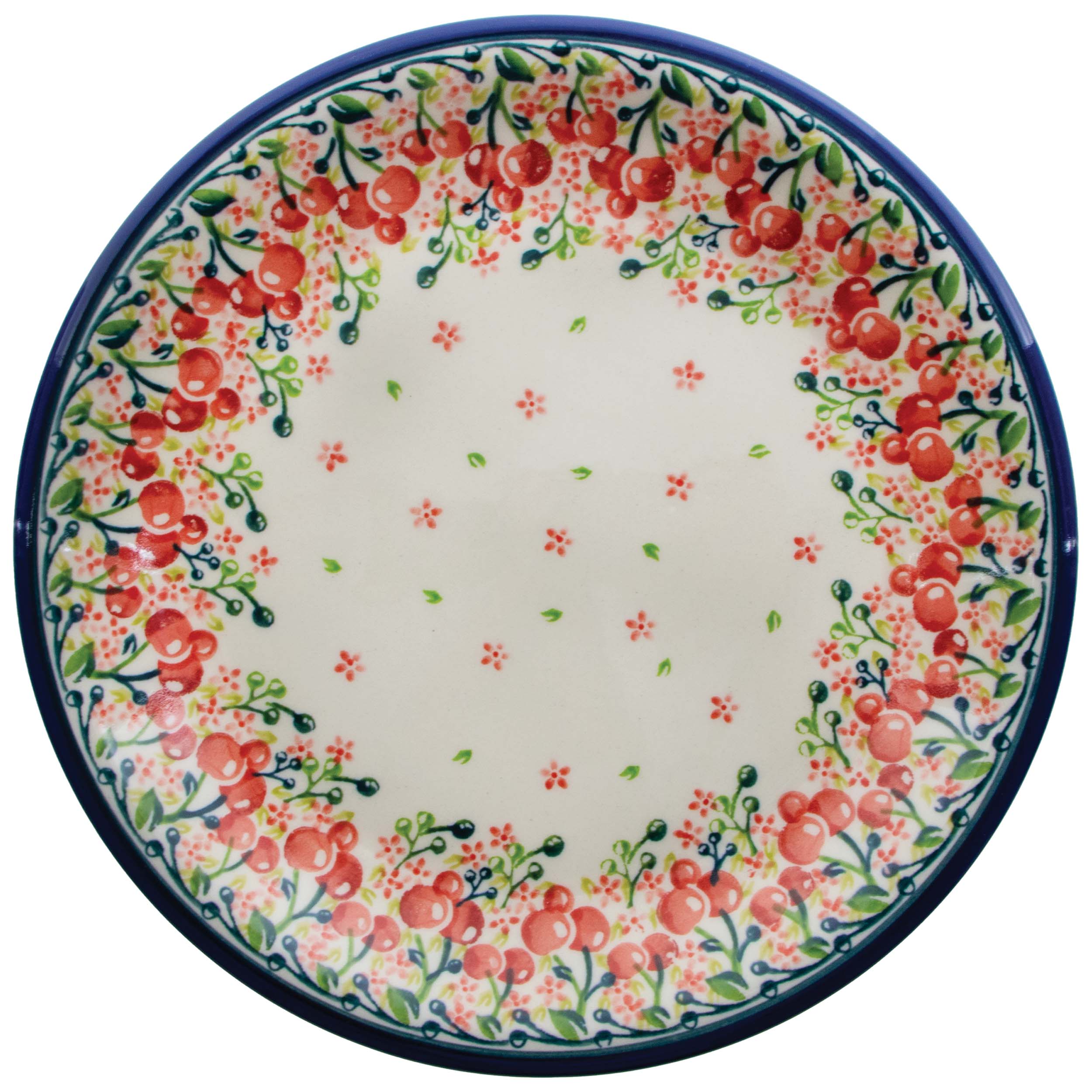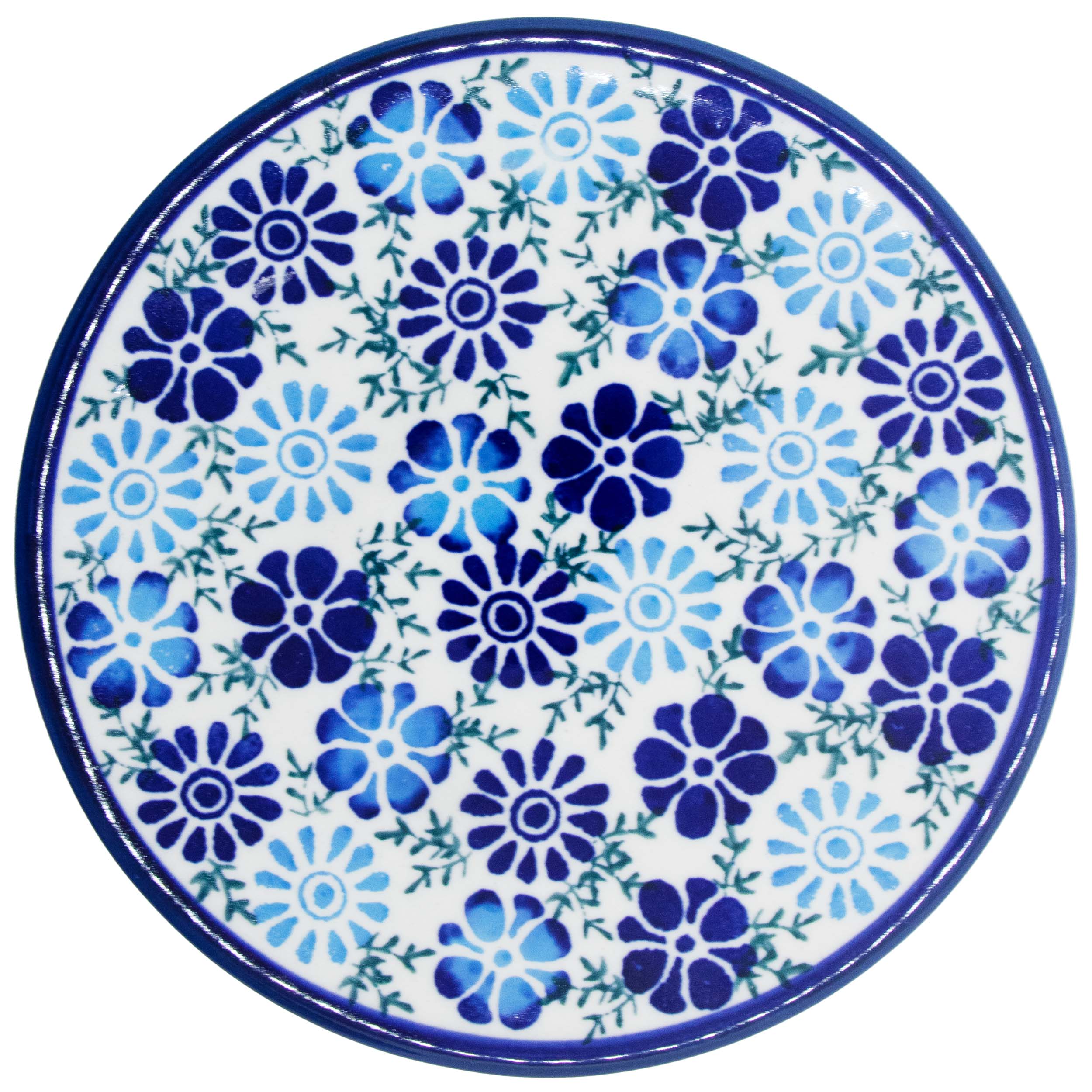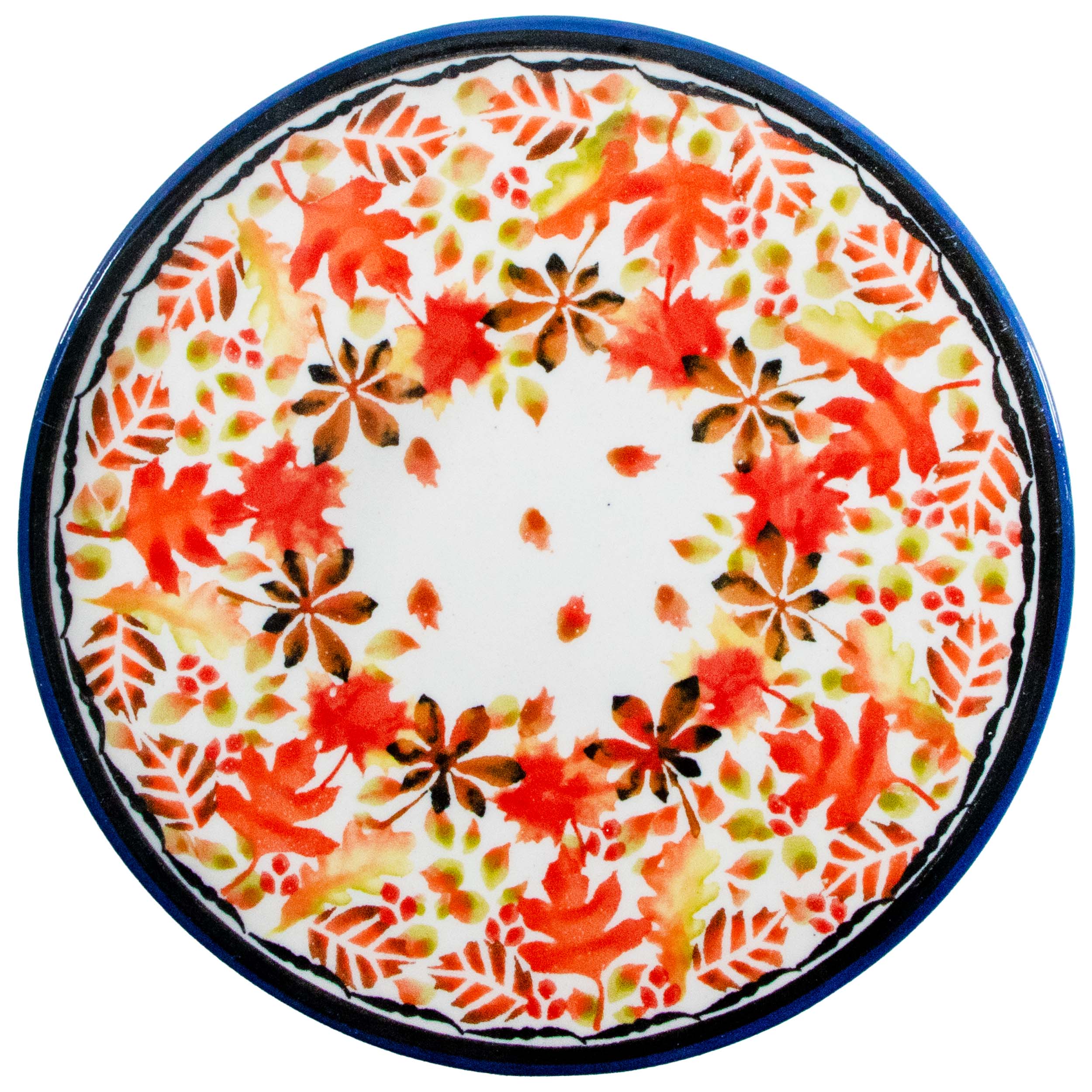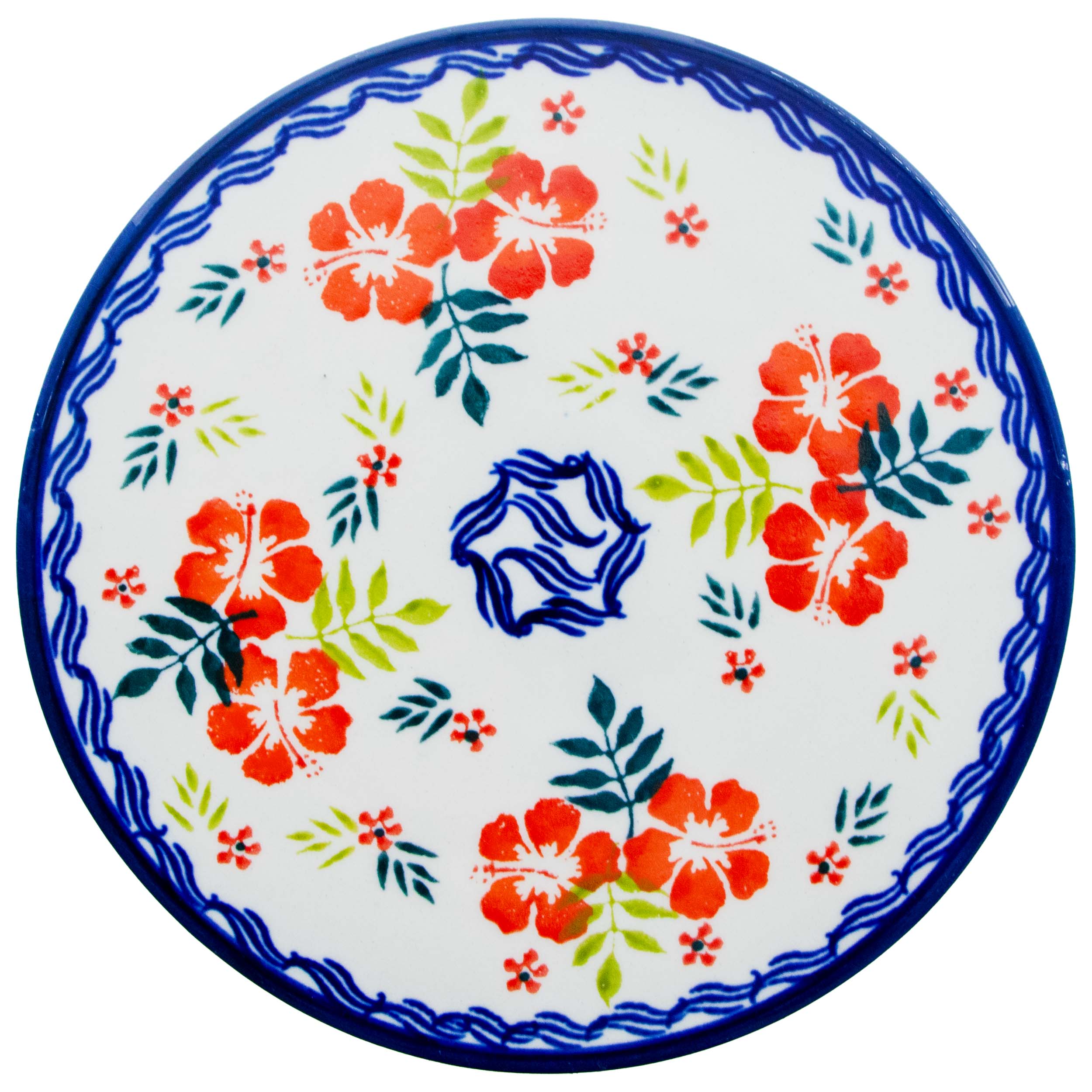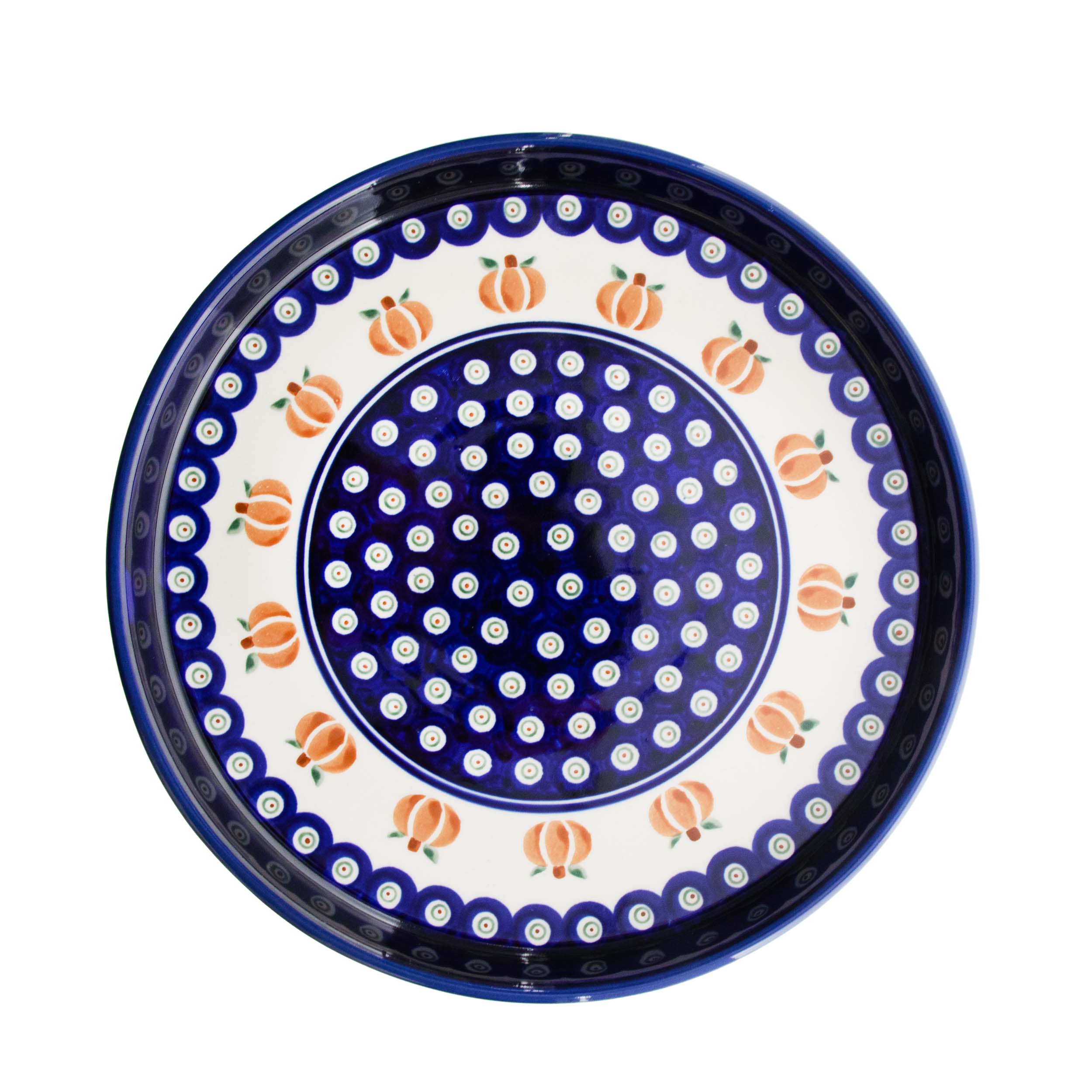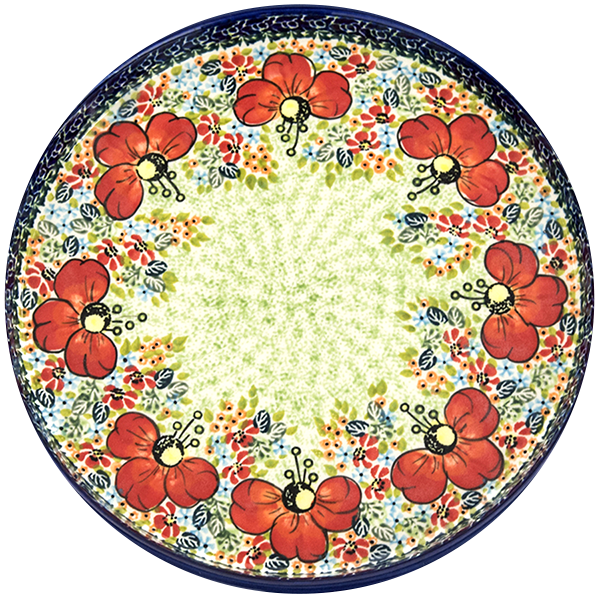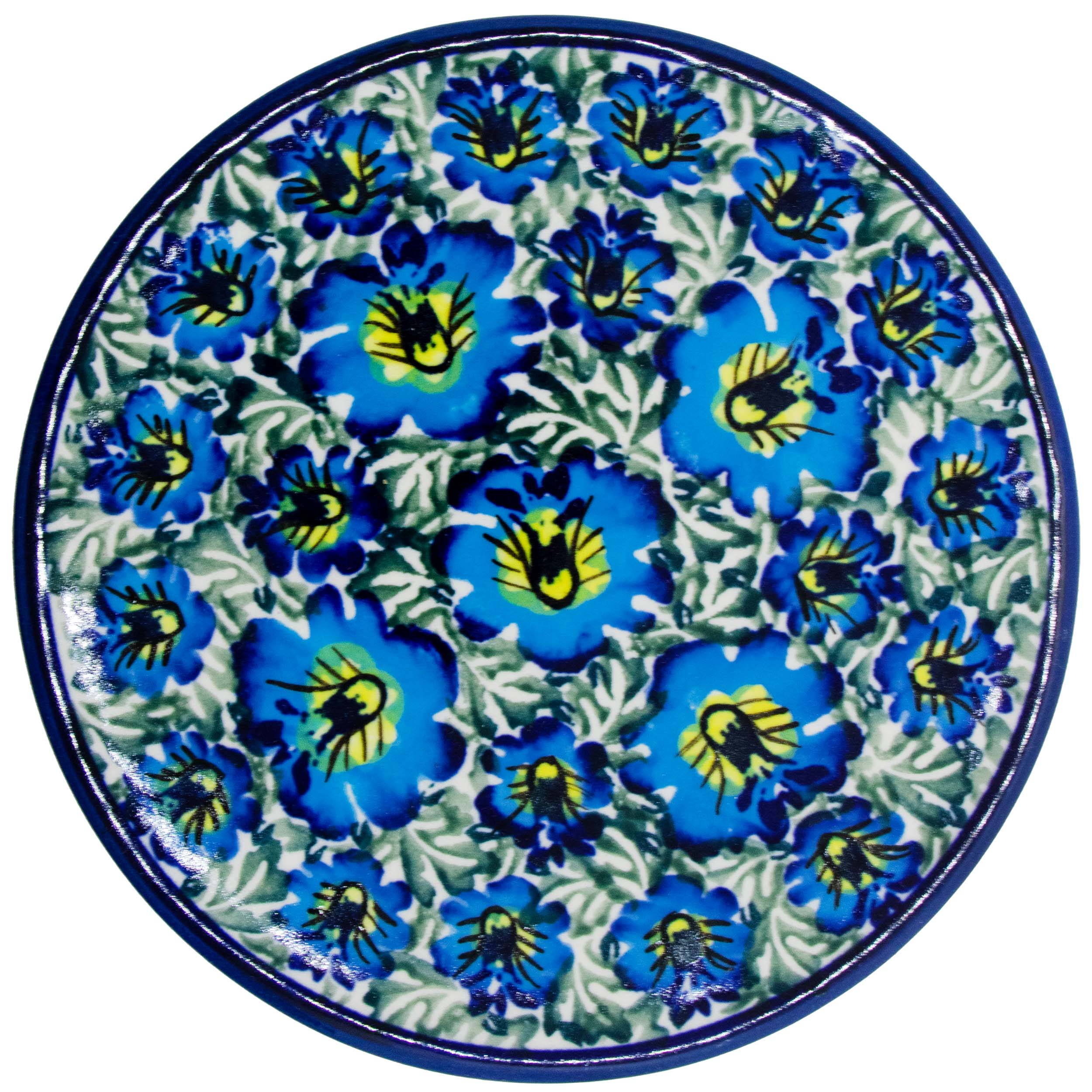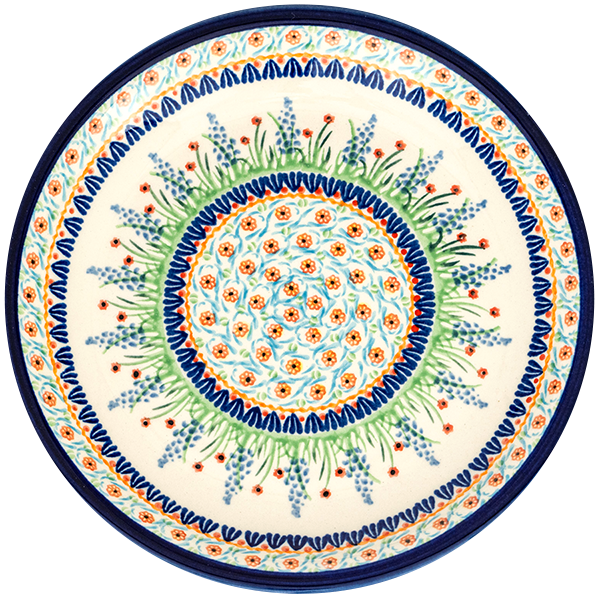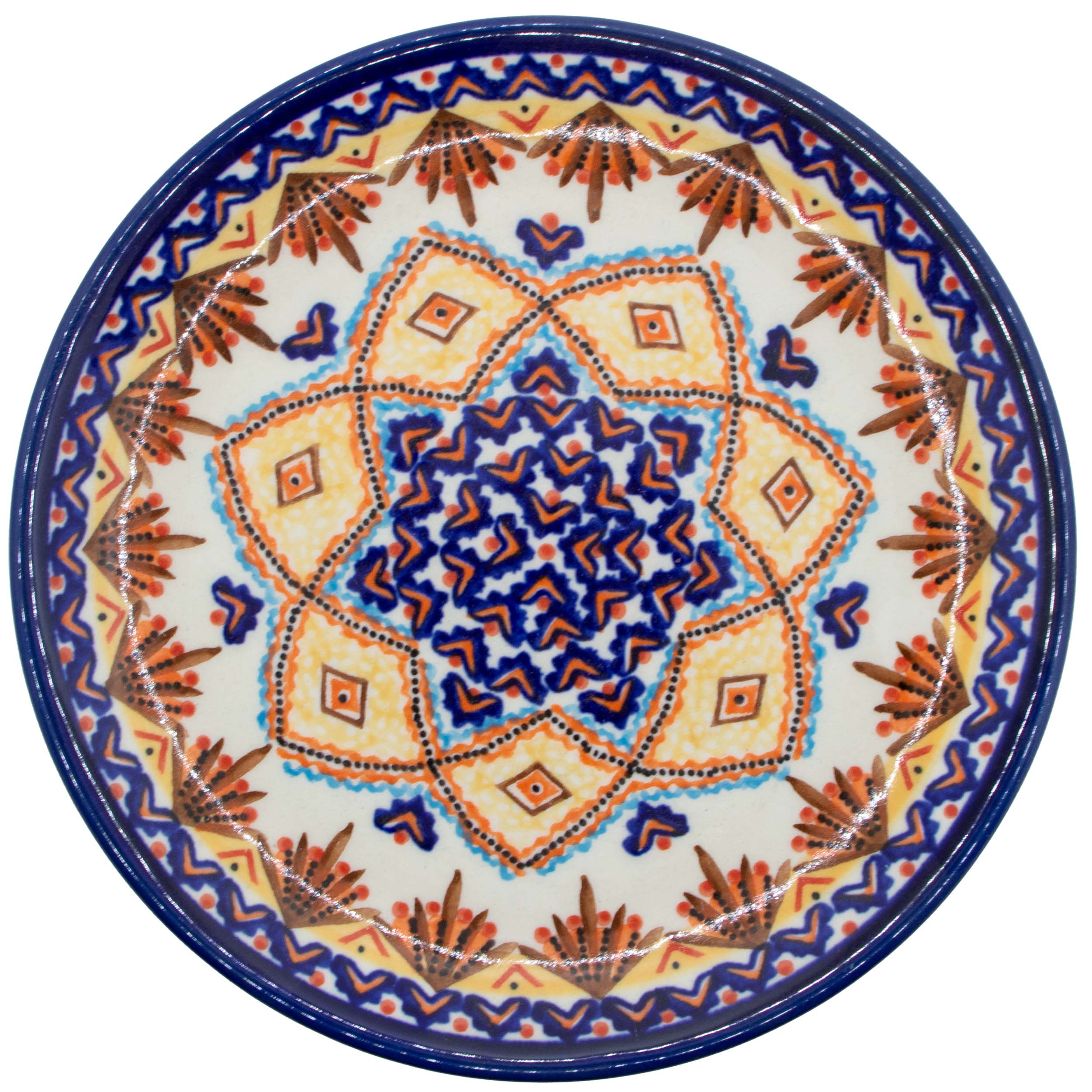Roasting pan large (2,2L)
$137.61
Out of stock
SKU
1158S1158P/ART-104/1
| Diameter [cm] | 0.00 |
|---|---|
| Length [cm] | 31.30 |
| Weight [kg] | 3.350 |
| Capacity [liter] | 2.70 |
| Height [cm] | 19.20 |
| Width [cm] | 24.80 |
Roasting pan large (2,2L)• Ceramic roaster with a capacity of 2.2 litres
• The roaster is designed for baking and heating both savoury and sweet dishes
• The decorative character of the roaster makes it possible to use it also for serving food on the table
• The roaster is suitable for baking at temperatures up to 280 degrees Celsius in conventional ovens, microwave ovens, on glass ceramic hobs, on induction hobs and for storing food in a refrigerator
• The roaster is glazed and fired at a high temperature, which protects both the roaster and the decoration from damage
• Corrugated bottom supports the heat treatment process
• The roaster can be washed in the dishwasher, heated in the microwave and stored in the fridge.
• Thanks to the specific mass from which the roaster is made, it keeps food warm for a long time
• The traditional shape of the roaster will perfectly fit into a classically furnished kitchen, while in a modern kitchen it will be an intriguing addition
• Like the whole product range of Zakłady Ceramiczne "BOLESŁAWIEC", the roasters are also decorated manually, using stamps and brushes, thanks to which each one is unique and therefore minimal differences in decoration may occur between particular pieces within one decoration
ART-104 decorationThis is one of the unique decorations, which are characterized by a greater variety of patterns and colors than traditional decorations. Here we have abstract and floral patterns. Some of them are maintained in the traditional cobalt colour, others are more delicate in colour: light greens, browns, oranges. The carefully applied pattern makes us admire the orderly appearance of the pottery’s surface, achieved despite such a wide range of decorative motifs.
All decorations of the pottery manufactured in Zakłady Ceramiczne "BOLESŁAWIEC" are hand-made by artists using traditional methods - with stamps and brushes. After decorating and glazing, the pottery is subjected to a second firing at high temperature, thanks to which both the pottery and the decoration gain resistance to damage and colour change. Each hand-decorated item is unique, as slight differences in decoration are inevitable.




